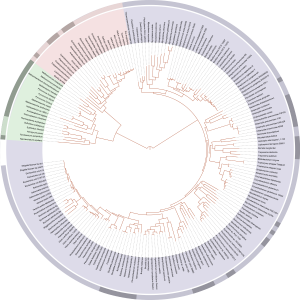All life forms have one common ancestor, in the form of a single-celled organism. However, for centuries, the question of how this single-celled organism has evolved into the variety of life forms now evident has plagued biologists. Research conducted by scientists at University College London can shed some light on the complex evolutions of this common ancestor, according to findings published in PLOS Biology and summarized in an article by Science Daily.
The research focused on the evolution of Life’s Last Universal Common Ancestor, otherwise known as the LUCA. The scientists built a model to monitor the changes in the membrane of the LUCA, in the hopes of examining how the ancestor is able to evolve into both bacteria and archaea—two types of single-celled organisms that have completely different cell membranes.

The model gave the LUCA a “leaky” membrane. Through the inclusion of this leaky quality to the membrane, the LUCA was powered by energy driven from its surroundings, suggesting that the LUCA originally lived in areas with ancient seawater. This seawater allowed protons, or positively charged particles, to mix with alkaline vent fluid. From there, the leaky membrane enabled the protons to leave cell, allowing for more protons to enter the power growth; therefore, the LUCA was able to adapt and evolve, to escape the seabed vents. In essence, the model showed all the steps the LUCA takes from being a strange cell to being the ancestor of all life today. Through these steps, the team was able to observe how LUCA can evolve into both bacteria and archaea.
In the future, the researchers, led by Victor Sojo, of the UCL CoMPLEX and Biosciences department and the first author of the study, hope to recreate the environment of the vents, as this is where it is believe life formed four billion years ago.